FROM PLAY TO PERIL AND BEYOND: HOW WRITING CONSTRAINTS UNLEASH TRUER TRUTHS
A Nonfiction Craft Essay by Jeannine Ouellette

“There is neither painting, nor sculpture, nor music, nor poetry. The only truth is creation.”
~Umberto Boccioni, Italian painter and sculptor
Writers seek truth—truth that makes a reader’s hair stand up and speeds our hearts with recognition. But that kind of truth is elusive, both from the perspective of craft and brain science. I spent two decades unable to write an essential truth of my own life, one rooted in my childhood, during which I experienced several years of sexual abuse by my stepfather, beginning when I was four. Not surprisingly, this experience shaped the person I am—and, as a writer, I sensed the importance of weaving this early trauma into some kind of narrative. But my attempts to do so were consistently ineffective and inartistic. Dreadful, really.
So, I wrote other things. From my twenties through my forties, I published narrative journalism, a couple of nonfiction books, a children’s book, plus dozens of essays. Some essays were intimate and a handful took risks. But this one true thing tugged—and persistently evaded me. The problem wasn’t the material itself, which was neither buried nor inaccessible. The problem was my inability to transform it. In print, my life started around age twenty. Meanwhile, that blocked childhood truth coursed beneath, like an undertow that kept my writing from its full potential.
Writing constraints help us discover the truth rather than recite it.
The turning point came in 2010, when I was working full-time as a Waldorf teacher and impulsively enrolled in a three-week writing workshop with Paul Matthews, a Waldorf mentor and author of several books of poetry and two craft books, Sing Me the Creation and Words in Place. Paul teaches writing with constraints—a literary technique that involves requiring or forbidding certain elements, or juxtaposing various incongruities, or imposing one or more patterns. Constraints are so common in poetry that you need only think of the rules for sonnets or sestinas or villanelles to understand how they work. But as a writer of prose—at the time, primarily nonfiction—my first response to Paul’s workshop was alarm. His lectures were riveting, but his prompts were preposterous. Many were collaborative and involved “activities.” We made up nonsense languages. Spoke to plants. Wrote nursery rhymes in iambic pentameter. We blindfolded ourselves and tossed beanbags back and forth as a means of wordless communication.
If I had, that first day, been seated closer to the door, I’d have run through it. I was a “serious writer,” there to write, not babble. I was not near the door though, and that was lucky. Because my writing began waking up almost immediately in all kinds of exciting ways. First, I laughed more than I had in years. I entered into what the comedic actor and creative genius John Cleese heralds as the most essential condition for creativity—“open mode”—a loose, playful state of mind most easily achieved through laughter. Second, and this is related to the laughing, I learned invaluable craft lessons, including the paradox that if I wanted to write dark and serious things, I needed to lighten up. I needed to play.
◊
Playfulness, Paul told us, is the portal to the profound: the English word “silly” comes from the German selig—which means, according to the Babylon German-English Dictionary, soulful, full of feeling, blessed, late, deceased. These opposites work synergistically. As eighteenth-century philosopher Frederich Schiller wrote in his aesthetic letters, “Humans are fully human only when we play, and we only play when we are human in the fullest sense of the word.” Schiller also said art belongs in the same realm of total freedom as play. Both offer the possibility of becoming childlike, of losing ourselves in experience and—according to Matthews—“healing the division in our consciousness.”
My problem is that I am quite unnerved by free, undefined play. The same is true for most people who have endured childhood trauma. But even the untraumatized are not exempt. Most adults experience at least some discomfort in the face of a game with unfamiliar rules—or worse yet, a game with no rules. We shrink back from the innate risk of freedom. Twelfth-century troubadours in the South of France understood this risk. They played a literary question and answer game called the jeu-parti—the divided game. From this root comes our English word “jeopardy,” meaning danger. What an idea! That in the midst of word play we might be confronted by a real question, a creative risk, a jeopardy, to be faced directly or shied away from. According to Paul Matthews, such moments almost always hold the hidden question: Who are you? What could be scarier—or richer—than that?
Paul’s workshop gave me my first glimpse of what my failed childhood stories were missing, which was joy. Of course, more joy in the process of writing doesn’t—and probably shouldn’t—turn an incest story into a comedic romp. But more joy in the writing will leak into the work. It will add light, not in a way that diffuses the story’s darker truths, but illuminates them more completely, slanting them in a way that surprises us even as we write. This slant, as Emily Dickinson understood, makes all the difference. After all, if I tell exactly the story I’ve set out to tell, I’ve failed. The truer story exists somewhere outside the margins of consciousness. Writing constraints help us discover the truth rather than recite it.
This theory also underlies the work of the Oulipo, the French “workshop of potential literature.” The Oulipo is a loose gathering of (mainly) French-speaking writers and mathematicians founded in 1960. They create works using constrained techniques, and define potential literature as “the seeking of new structures and patterns which may be used by writers in any way they enjoy.” Note the emphasis on new and patterns and enjoy. The group advocates the use of severe, self-imposed limitations during the creative process, seeing themselves as “rats who construct the labyrinth from which they propose to escape.” One of the most famous members of the Oulipo, Italo Calvino, wrote an entire 300-page novel without the letter “e.” The Oulipo is recognized as one of the most original, productive, and provocative literary enterprises to appear in the past century.
◊
As for me, the more I experimented with constrained writing, the more I came to see its value. Still, I wondered why devices like writing constraints are so useful for accessing sharper angles on certain truths, even in cases when those truths are not particularly traumatic or difficult to tell. The answer stems from brain science, which confirms a sad fact: we’re wired to see and say (and write) the same versions of our various stories over and over, even if those versions are not essentially true—or interesting. Meanwhile, the big truths about our own lives march by unrecognized. The simple term for this is “confirmation bias,” a deep and debilitating hardwiring against seeing virtually anything we haven’t already pictured or that we don’t expect to see.
One of my favorite sources for understanding this conundrum is the book Thinking Fast and Slow by Daniel Kahneman, which explores the dichotomy between our two modes of thought: “System 1” and “System 2.” System 1 is fast, instinctive and emotional. It’s the system we use the vast majority of the time. System 2 is slower, more deliberative, and logical, the system required for solving calculus problems and working out difficult code. System 2 is taxing, and we avoid it; it raises our heartrate and makes us sweat, so we default to System 1. But there’s a hack for getting past System 1’s hold on us. All we have to do is intentionally engage System 2, which effectively disables System 1 and thereby allows us to see beyond our pre-existing beliefs.
Constraints are like puzzles. We use System 2 to solve them, which quiets System 1, and suddenly, as if by magic, we write something newer and truer.
This is exactly how writing constraints work. Constraints are like puzzles. We use System 2 to solve them, which quiets System 1, and suddenly, as if by magic, we write something newer and truer.
◊
One of my literary heroes, the poet and memoirist Nick Flynn, writes and teaches with constraints. In 2005, he described his process in an interview with the University of Arizona Poetry Center:
Well, when I’m walking in a strange city I have this ritual, which is to find three bits of ephemera, usually scraps of paper, usually something torn from advertisements, or maybe a ticket stub, or discarded cigarette pack, trash really, but it has to have some element in it that catches my eye, that interests me, or reminds me of something. I like pages torn from children’s notebooks a lot, with drawings on them, though they don’t always mix well with other images. Once I find one it might determine what comes next, one that somehow either adds to the one I already have or else works against it, creating some tension or juxtaposition, though if it feels too limiting, I’ll throw it away and start over. Eventually, over the course of a day, I’ll settle on the three scraps of paper, and then I’ll force myself to make a collage. I make a collage a day, always from only three scraps, because anything more becomes chaos, and I try to only use things I found that day, and to date the final collage, also finding the “canvas,” usually a weathered piece of cardboard, a technique I learned from Bill Traylor. So I have to carry a glue stick, or buy it in a stationary store once I land, which is even better, because I like stationary stores, especially in other countries. I write the same way.
I write that way, too—or I have since studying with Paul Matthews. I first tested the methods soon after Paul’s workshop, in a memoir class at the University of Minnesota, when we were asked to write a scene from childhood. Totally frozen, I gave myself a restrictive constraint using Annie Dillard’s An American Childhood—a book that beautifully chronicles a sunny childhood vastly different from my own. I opened Dillard’s book randomly to page 185 and forced myself to copy her sentences, replacing Dillard’s words with my own, part of speech for part of speech and syllable for syllable. I quickly gave up on the syllables, but stuck to the parts of speech until I bent that rule also, before finally tossing off the rules altogether when I realized that the first line of the exercise had altered my whole story, shifted it what Nick Flynn calls “five degrees to the left.”
Previously, I’d always viewed the abuse I experienced as a child through a lens trained on my stepfather and my mother. But when I revised Dillard’s first sentence, “The boys were changing,” to “My sister was changing,” and, later, to, “Mary is changing,” my lens focused itself more clearly on the world of the child. That shift was fundamental to unsticking my stuck story and opening it up in unexpected ways. I continued the piece, which I called “Tumbleweeds,” long after the class was over, forcing myself to include several new and incongruous elements, such as fragments of the text of Jimmy Carter’s 1977 inaugural address, facts about the breeding and parenting behavior of the Western Meadowlark, the botany of tumbleweeds, the myth of the jackalope, and the archetype of the mother in fairytales. I was writing about some very traumatic events—which was hard and scary at times—but I was also enjoying myself. It felt almost wrong, really, that writing about incest could be fun. Yet, in order to follow my own rules, I had to be playful. I had to explore new angles on a story I knew by heart, but that was actually far more complex and nuanced than I had understood.
“Tumbleweeds” was a finalist in several writing contests and eventually selected by Joyce Carol Oates as the second-place winner of the 2015 Curt Johnson Prose Contest, published in the journal december, reprinted in Nowhere, and subsequently selected for the Nowhere Print Annual alongside work by none other than Nick Flynn himself.
◊
With that kind of encouragement, especially after so many years of failed attempts, I was more than sold on using constraints to break open difficult new material. Now, I’m always grateful when someone gives me a good constraint, which is exactly what my former MFA advisor, Brian Leung, did during a workshop at Vermont College of Fine Arts shortly after “Tumbleweeds” was first published. Brian’s constraint had ten rules and options, one of which was to include the necessary building of unnecessary stairs. I threw myself in, and months later my short piece eventually grew into a 6,000-word essay, “Four Dogs, Maybe Five,” a winning entry in the 2016 Proximity contest. Eventually, this material coalesced into a novel manuscript, the first chapter of which was published last October as Narrative Magazine’s story of the week.
Of course, in the end, art is art, and art is mystery. For every constrained exercise that’s worked, I’ve produced many nothings. But even those nothings are flexing my creative muscles and keeping my mind playful and limber by turning my own stories sideways. As the late scientist Stephen Gould said, “The most erroneous stories are those we think we know best—and therefore never scrutinize or question.”
Ultimately, the pressure and limitations of writing constraints open doors to truths I can’t see otherwise, especially the hardest truths that hide behind the ones I believe about myself.
Jeannine Ouellette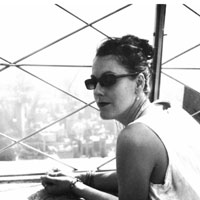 has authored several nonfiction books and the picture book Mama Moon. She is a fellow of Millay Colony and Brush Creek Foundation for the Arts, and teaches through the Minnesota Prison Writing Workshop. She is also founder and creative director of Elephant Rock, a writing program based in Minneapolis.
has authored several nonfiction books and the picture book Mama Moon. She is a fellow of Millay Colony and Brush Creek Foundation for the Arts, and teaches through the Minnesota Prison Writing Workshop. She is also founder and creative director of Elephant Rock, a writing program based in Minneapolis.
Illustration credit: Val Vesa on Unsplash
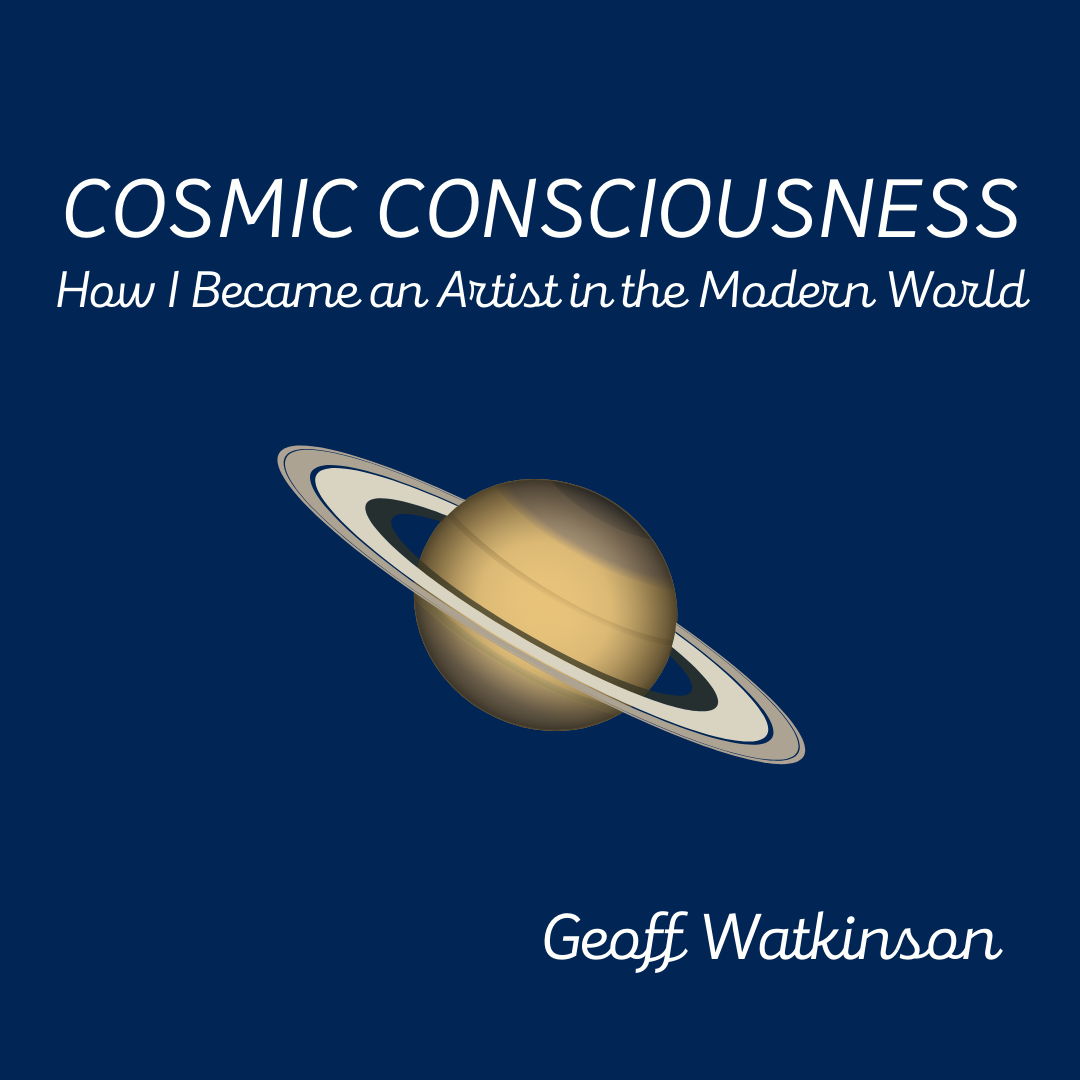
 Geoff Watkinson has contributed to Guernica, storySouth, Brevity [Blog], The Humanist, The San Diego-Tribune, The Virginian-Pilot, and Switchback, among others. His first nonfiction collection, Have Some Faith in Loneliness & Other Essays, is scheduled to be published in 2022. He is the founder and Editor-in-Chief of Green Briar Review. Read more of his work on his website.
Geoff Watkinson has contributed to Guernica, storySouth, Brevity [Blog], The Humanist, The San Diego-Tribune, The Virginian-Pilot, and Switchback, among others. His first nonfiction collection, Have Some Faith in Loneliness & Other Essays, is scheduled to be published in 2022. He is the founder and Editor-in-Chief of Green Briar Review. Read more of his work on his website.
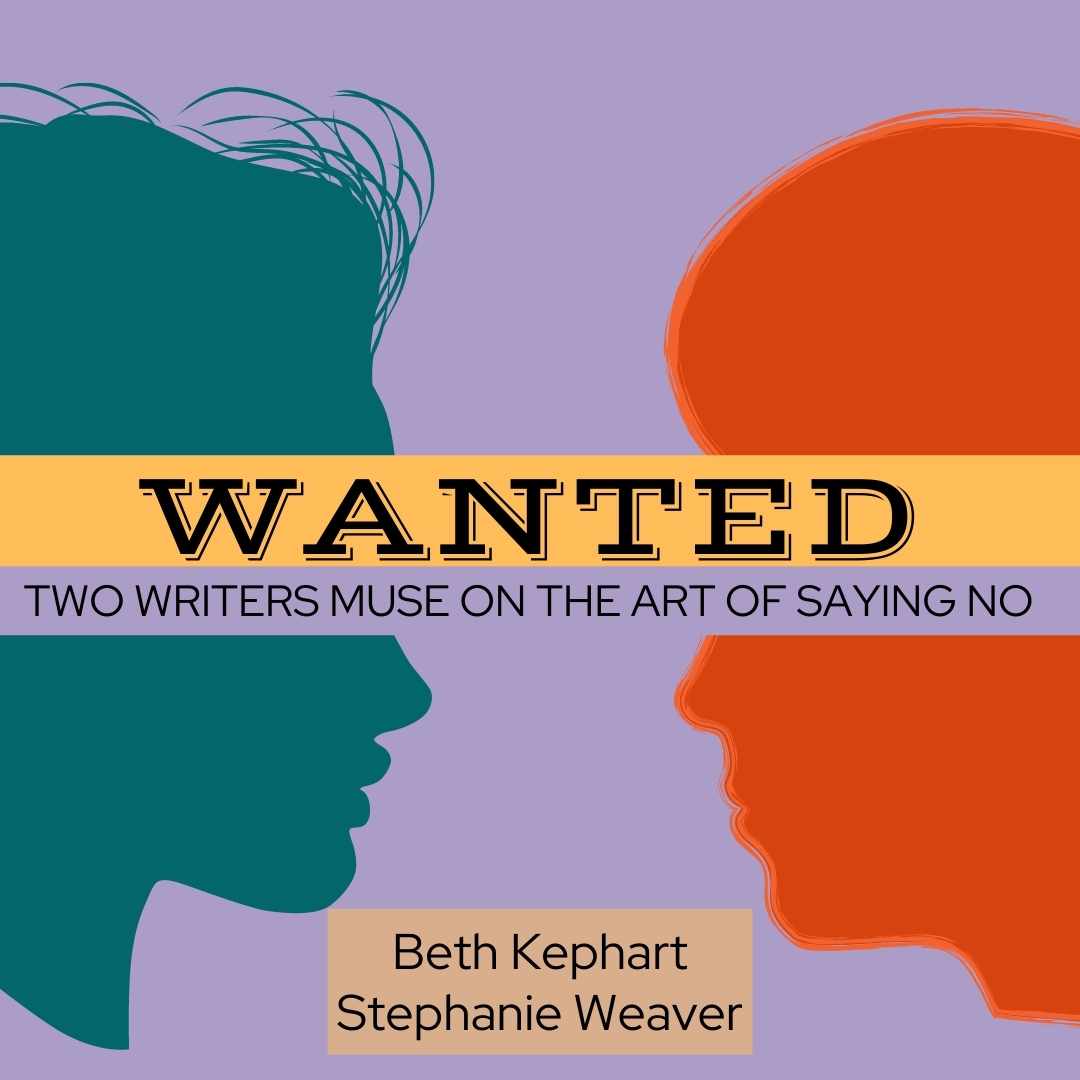
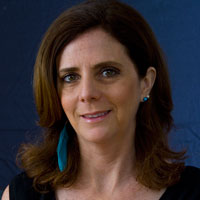 Beth Kephart is a writer, teacher, and book artist. Her new books are
Beth Kephart is a writer, teacher, and book artist. Her new books are 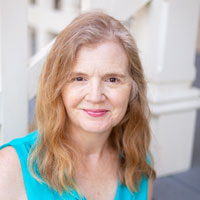 Stephanie Weaver is the host of
Stephanie Weaver is the host of 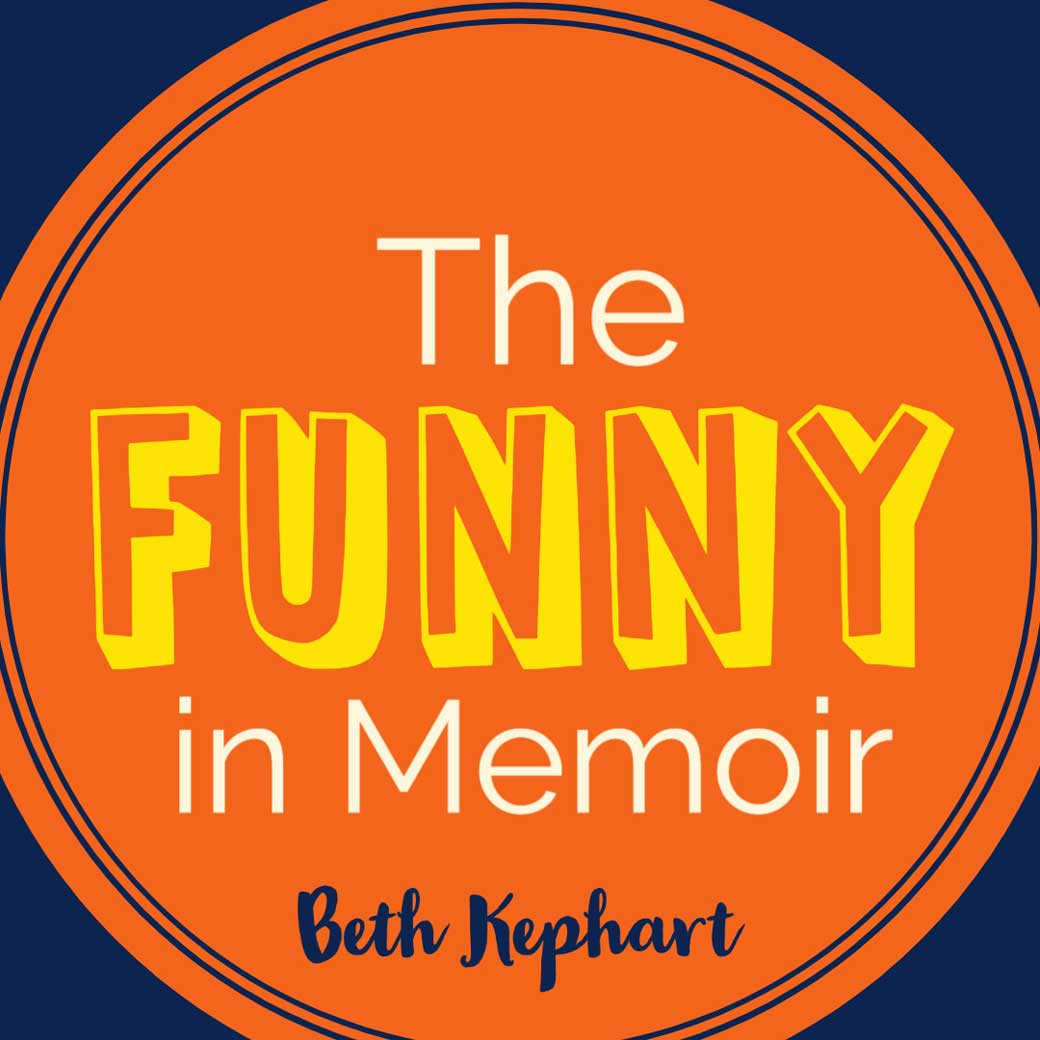 THE FUNNY IN MEMOIR: Alison Bechdel, Dinty W. Moore, and Trey Popp
THE FUNNY IN MEMOIR: Alison Bechdel, Dinty W. Moore, and Trey Popp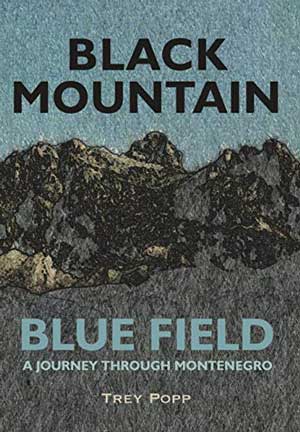 I recently read three funny memoirs, back to back to back. The first, Black Mountain, Blue Field: A Journey Through Montenegro, is a small-press glory by Trey Popp. It retraces the journey Popp took, years ago, as a 26-year-old whose every job up until that point “had been aimed at piling up just enough money for a plane ticket away from the confinement of an actual career.” His destination this time was Montenegro, a country that held some keys to family history. His traveling companion was his 82-year-old grandfather—hard of hearing and gabby, opinionated and generous, silently displeased with the Yugo Popp rents to carry them forward on their journey:
I recently read three funny memoirs, back to back to back. The first, Black Mountain, Blue Field: A Journey Through Montenegro, is a small-press glory by Trey Popp. It retraces the journey Popp took, years ago, as a 26-year-old whose every job up until that point “had been aimed at piling up just enough money for a plane ticket away from the confinement of an actual career.” His destination this time was Montenegro, a country that held some keys to family history. His traveling companion was his 82-year-old grandfather—hard of hearing and gabby, opinionated and generous, silently displeased with the Yugo Popp rents to carry them forward on their journey: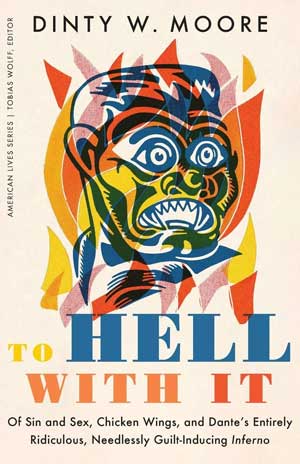 My second foray into memoiristic funny was Dinty W. Moore’s To Hell with It, a book whose subject matter, range, and tone are announced in the subtitle—Of Sin and Sex, Chicken Wings, and Dante’s Entirely Ridiculous, Needlessly Guilt-Inducing Inferno. Moore suggests (funnily) that Dante’s infamous guided tour to the afterlife might just as easily be titled The Medieval Traveler’s Guide to Heaven, Hell, and Purgatory: Where to Eat, Where to Stay, What to See.
My second foray into memoiristic funny was Dinty W. Moore’s To Hell with It, a book whose subject matter, range, and tone are announced in the subtitle—Of Sin and Sex, Chicken Wings, and Dante’s Entirely Ridiculous, Needlessly Guilt-Inducing Inferno. Moore suggests (funnily) that Dante’s infamous guided tour to the afterlife might just as easily be titled The Medieval Traveler’s Guide to Heaven, Hell, and Purgatory: Where to Eat, Where to Stay, What to See.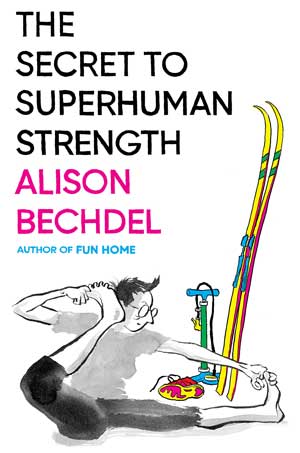 The third book of my three was The Secret to Superhuman Strength by Alison Bechdel. A graphic memoir, the book bills itself as “a deeply layered story of [Bechdel’s] fascination, from her childhood to adulthood, with every fitness craze to come down the pike.” Which is to say that the book is obsessed with Bechdel’s obsession with self-improvement and possible self-transcendence, the desire, as she writes for the “slackening of the ego’s grip.” We see Bechdel skiing, running, climbing, biking, weight lifting, yoga-ing—faster, longer, higher, more—as one would expect from an exercise-centric book. But we also meet historical others who sought to outpace themselves, to “solidify” themselves, to quiet the noise in their heads by pushing their bodies to bodily limits—people like Margaret Fuller and Dorothy Wordsworth and Jack Kerouac. Bechdel uses history the way other memoirists use flashbacks.
The third book of my three was The Secret to Superhuman Strength by Alison Bechdel. A graphic memoir, the book bills itself as “a deeply layered story of [Bechdel’s] fascination, from her childhood to adulthood, with every fitness craze to come down the pike.” Which is to say that the book is obsessed with Bechdel’s obsession with self-improvement and possible self-transcendence, the desire, as she writes for the “slackening of the ego’s grip.” We see Bechdel skiing, running, climbing, biking, weight lifting, yoga-ing—faster, longer, higher, more—as one would expect from an exercise-centric book. But we also meet historical others who sought to outpace themselves, to “solidify” themselves, to quiet the noise in their heads by pushing their bodies to bodily limits—people like Margaret Fuller and Dorothy Wordsworth and Jack Kerouac. Bechdel uses history the way other memoirists use flashbacks.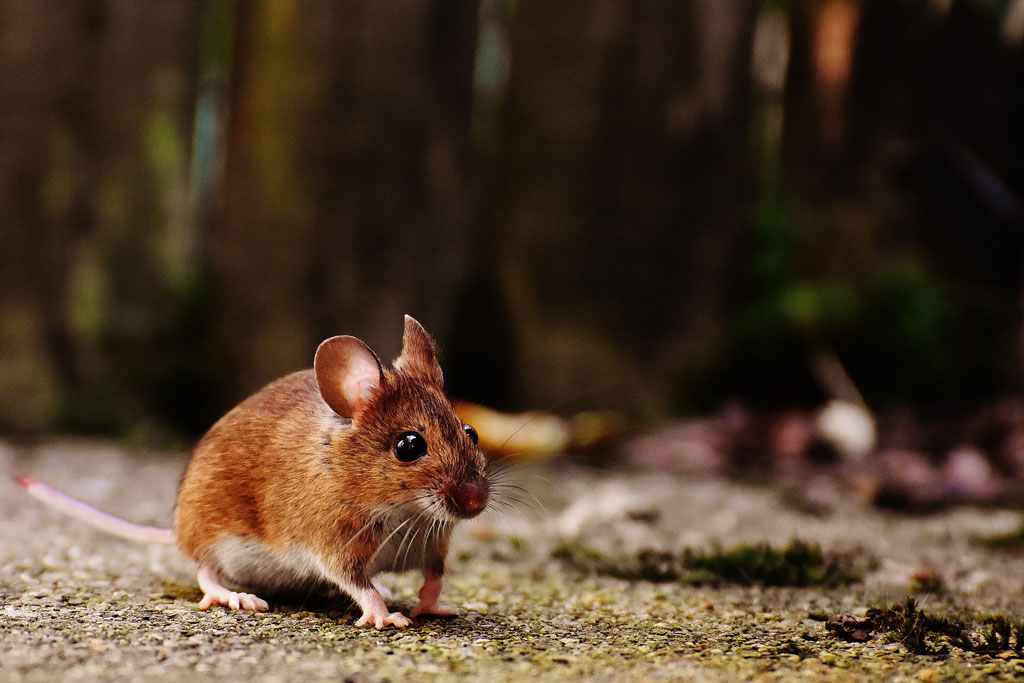
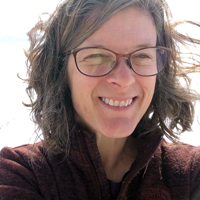 An avid walker, gardener and dog-snuggler, Lea Page lives in Montana with her husband. Her essays have appeared in The Rumpus, The Washington Post and the Brevity blog, among others. She is the author of Parenting in the Here and Now: Realizing the Strengths You Already Have. Visit her at
An avid walker, gardener and dog-snuggler, Lea Page lives in Montana with her husband. Her essays have appeared in The Rumpus, The Washington Post and the Brevity blog, among others. She is the author of Parenting in the Here and Now: Realizing the Strengths You Already Have. Visit her at 



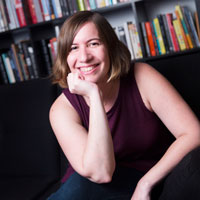

 Anthony J. Mohr has studied craft with Bernard Cooper, Rebecca McClanahan, Dinty W. Moore, Dani Shapiro, and Al Young. His work has appeared in, among other places, DIAGRAM,
Anthony J. Mohr has studied craft with Bernard Cooper, Rebecca McClanahan, Dinty W. Moore, Dani Shapiro, and Al Young. His work has appeared in, among other places, DIAGRAM,